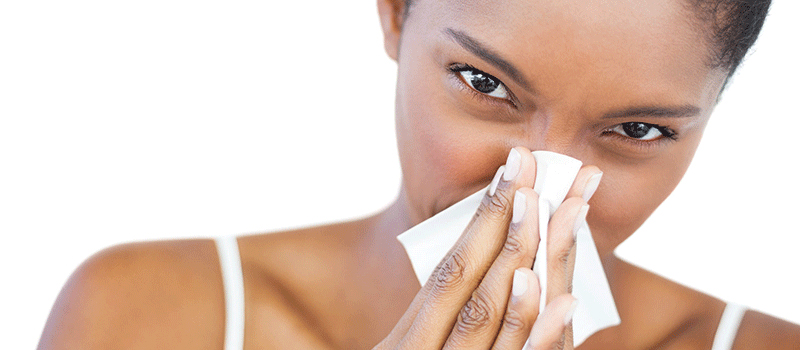We all know the joys of spring – that feeling that the long, cold nights of winter are finally coming to an end, the days are warmer, the evenings longer and the spring blooms start to poke through the previously frozen ground. But with spring comes a sinister enemy. Pollen.
Hay Fever sufferers will know that as much as spring is the signal for new and renewed life, it is also the time of stuffy noses, itchy red eyes, and endless sneezes. Yes, it’s pollen season again and you, like 10-30% of adults (and a whopping 40% of children) are suffering from hay fever again. You should buy Fexofenadine to help with this.
What exactly is Hay Fever?
Hay Fever (or Allergic Rhinitis, if we’re getting technical) is an allergic inflammation of the nasal passages which is caused by pollen. Pollen is released by grass, trees and weeds. Whilst pollen is not actually harmful to the human body, almost a quarter of children and as many as 3 in 10 adults’ immune systems react to the presence of pollen as if it is harmful, and it is this reaction that causes the symptoms. Tree pollen starts to appear in March and grass and weed pollen kicks in from mid-May. Pollen is at its highest on days when the wind is higher, it’s hot and dry.
How can I avoid Hay Fever?
You certainly don’t need to lock yourself in a sealed room from March to September, although you might feel like you want to sometimes.
It’s difficult to avoid pollen altogether, but there are steps you can take to minimise your exposure. There are some simple tips you can use to avoid bringing pollen into your home; such as not drying your clothes outside and taking clothes off in a bathroom or room with minimal soft-furnishings, such as a utility room. Wiping down furniture with a damp cloth can also remove unwanted pollen. Similarly, keeping windows and doors closed on a blustery day will help keep pollen out.
If you have a pet, they can also bring pollen into your home on their fur and therefore wiping them over with a damp cloth is also suggested when they come in from outside.
Going out, however, is always a little trickier. You can purchase blockers, which are essentially discreet little plastic filters which sit inside your nostrils and filter out the pollen. There are also nasal powders and creams which will help to keep pollen at bay.
I’ve got Hay Fever symptoms, what can I do?
Aside from using blockers, such as the nasal filters we mentioned above, you can also use antihistamines and nasal steroids to counteract the effects of Hay Fever. For a comprehensive relief from hay fever, it is often recommended that you take both together, remembering that not all antihistamines work for everyone. Nasal Steroids can help relieve a blocked, stuffy nose by reducing inflammation in the nasal tissue. They take some time to work but can be very effective. Antihistamines, on the other hand, tend to be faster acting and help with the sneezing, runny nose and itchy/streaming eyes. They don’t treat the underlying cause of your symptoms but do help to manage them.
If you would like more information about living with pollen allergies or hay fever, you can read more here.

